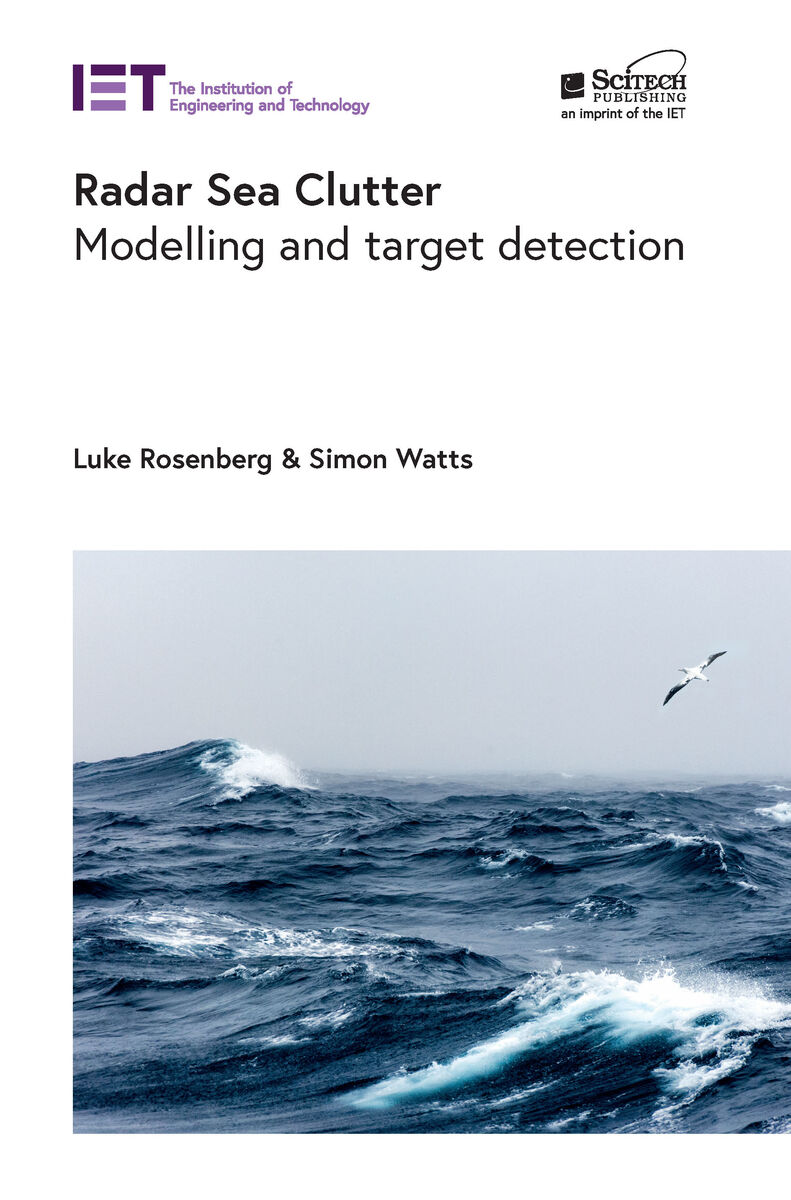Radar Sea Clutter: Modelling and target detection
The Institution of Engineering and Technology, 2022
eISBN: 978-1-78561-914-4 | Cloth: 978-1-78561-913-7
See other books on: Modelling | Radar | Technology & Engineering | Watts, Simon
See other titles from The Institution of Engineering and Technology
eISBN: 978-1-78561-914-4 | Cloth: 978-1-78561-913-7
ABOUT THIS BOOK | TOC
ABOUT THIS BOOK
The first maritime surveillance radars in World War II quickly discovered that returns from the sea, soon to be known as sea clutter, were often the limiting factor when attempting to detect small targets while controlling false alarms. This remains true for modern radars, where the detection of small, slow moving targets on a rough sea surface remains one of the main drivers for maritime radar design, particularly in the development of detection processing.
See other books on: Modelling | Radar | Technology & Engineering | Watts, Simon
See other titles from The Institution of Engineering and Technology












